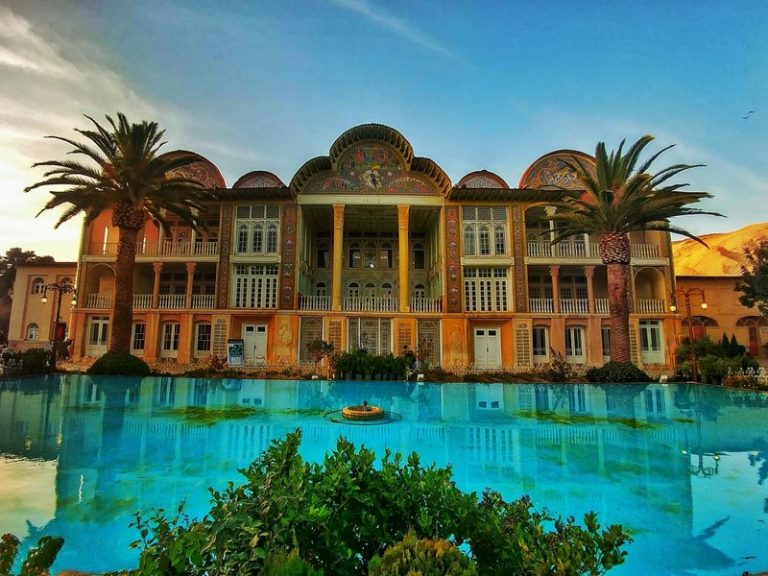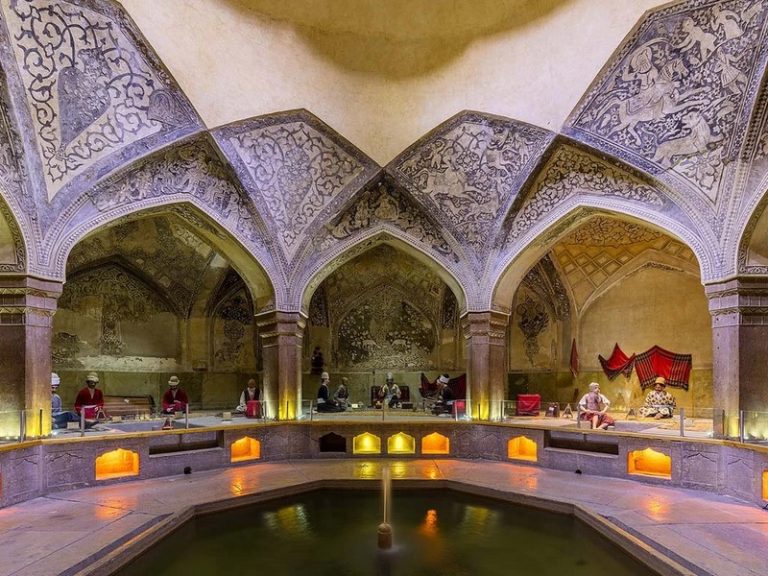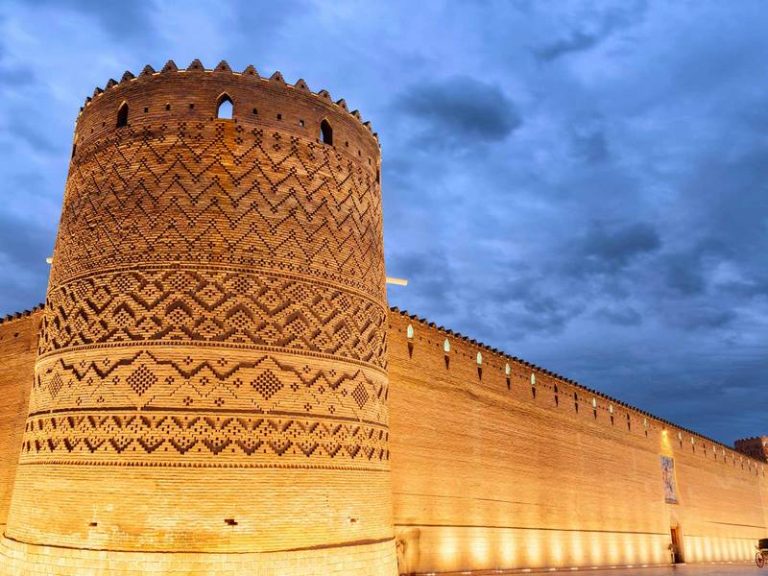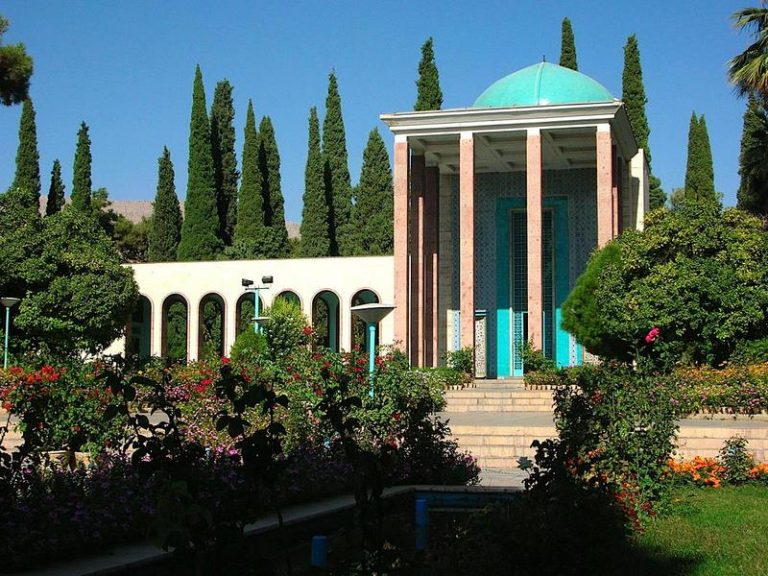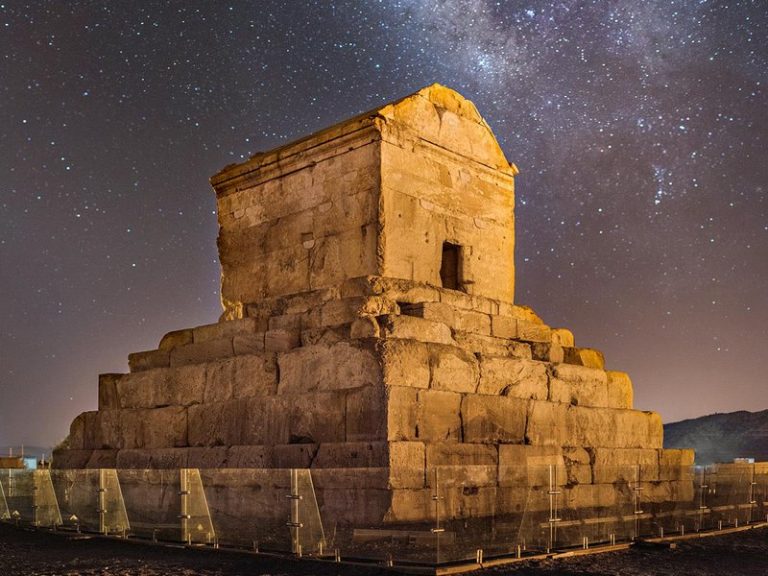Discover Mashhad, Iran’s spiritual capital and the second-largest city, situated in the northeast of the country near the borders of Turkmenistan and Afghanistan, at an altitude of about 985 meters above sea level.
Mashhad’s climate is semi-arid, with hot summers and cold winters, shaped by its position between mountain ranges and desert plains. The contrast in temperature between seasons adds depth to the city’s year-round appeal.
At the heart of Mashhad lies the awe-inspiring Imam Reza Shrine, one of the most significant pilgrimage destinations in the Islamic world. The city also boasts vibrant bazaars, lush parks, and a growing cultural scene that reflects both its historic and modern identities.
More than just a religious destination, Mashhad is a dynamic urban hub blending spirituality, hospitality, and heritage, with access to the ancient city of Tus, the tomb of Ferdowsi.
Here are your intercity means of transportation:
By Road: Mashhad is connected by major highways to Tehran, Neyshabur, and other eastern cities. Modern intercity buses and private cars are common options for travelers.
By Train: Iran’s railway network connects Mashhad to many cities including Tehran, offering various classes of service for a comfortable journey.
By Flight: Mashhad International Airport (MHD), located just 10 kilometers from the city center, is one of Iran’s busiest, with frequent domestic and international flights. Emirates and Turkish have regular flights to Mashhad.
Within Mashhad, travelers can use metro lines, buses, taxis, and apps like Snapp and Tap30 for convenient transportation.
Mashhad has a continental climate with hot, dry summers and cold winters. Spring and autumn offer the most pleasant temperatures for both pilgrims and tourists.
High-season: Spring (March to May) and Autumn (September to November), when the weather is mild and ideal for both sightseeing and pilgrimage.
Low-season: Deep winter (January to early March) due to the cold, and late summer (August) due to heat.
✓ Norooz holidays (approximately March 15th to April 2nd) bring high volumes of domestic travelers to Mashhad, making it a peak-season. Religious holidays like Eid and martyrdom anniversaries also are considered peack-season.



